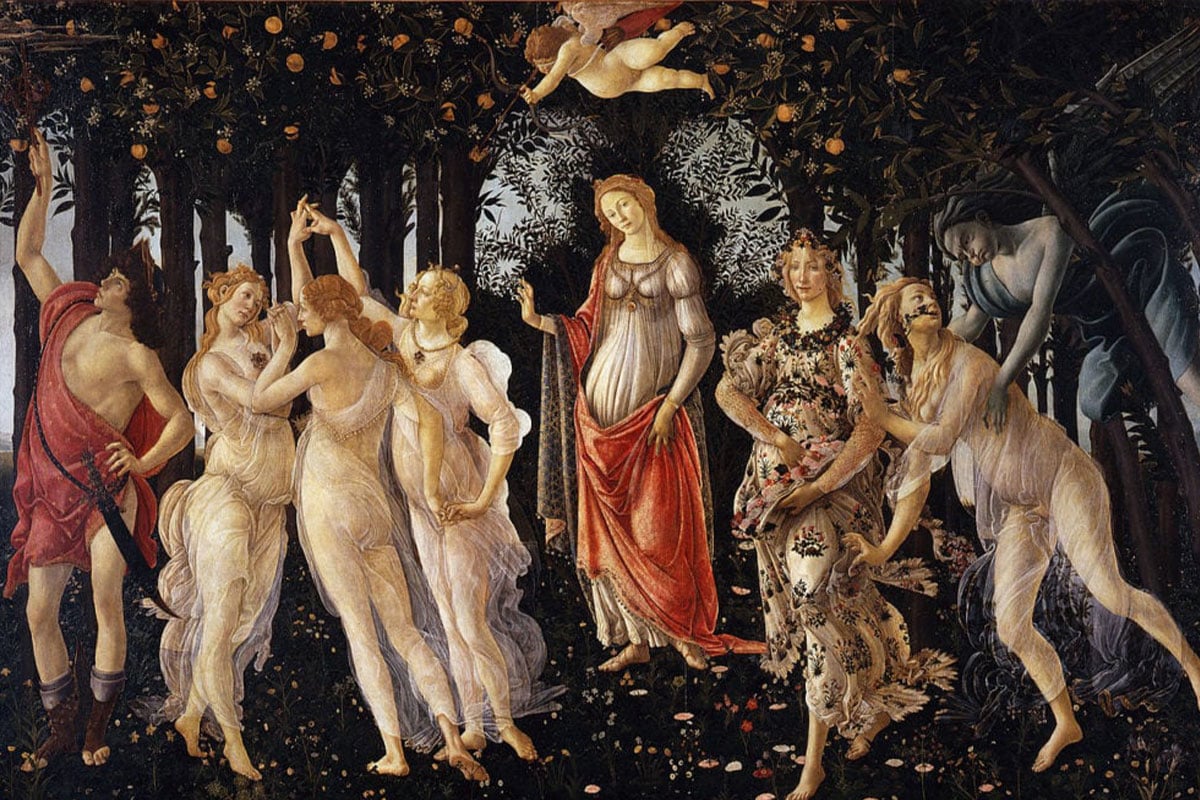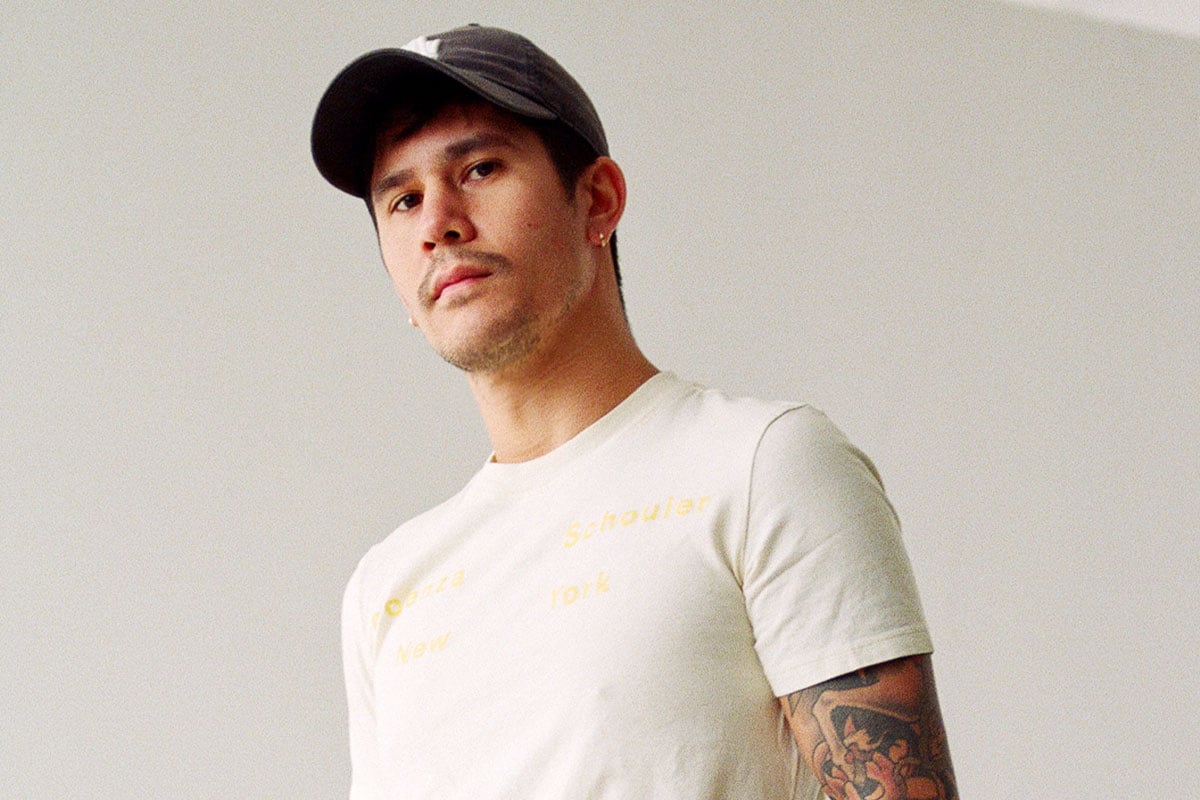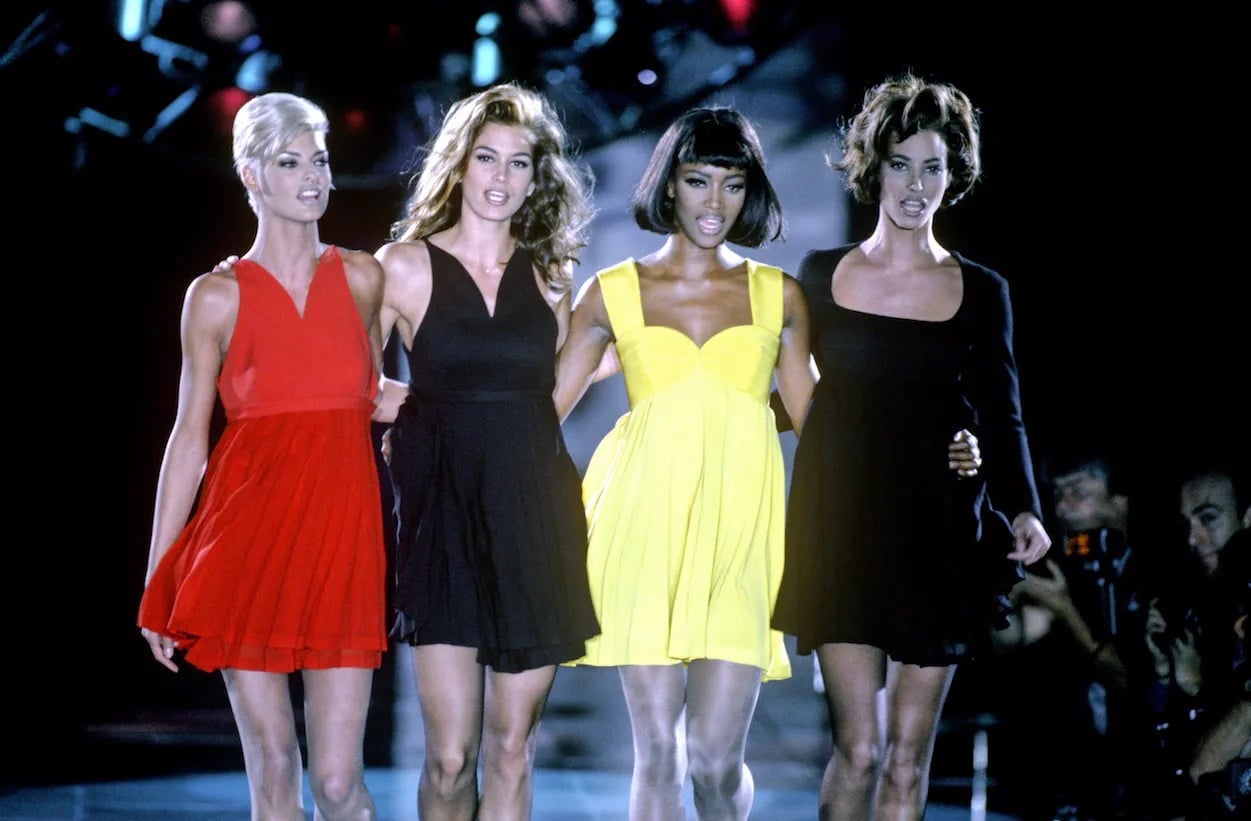
Versace (1991). Hair by Oribe Canales
By Tautahi Subritzky
Glamorous, beautiful hair, the rise of 90s supermodels and a product line inspired by the scent of J-Lo, Oribe Canales is one of the most famed hair stylists in the industry. With an energy that is unmatched, Canales was a visionary known for making and breaking trends, producing some of the most recognizable and dramatic looks for runway, magazine covers, editorials and commercials alongside some of the fashion industry's biggest names and of course, the line of high-performance products known as Oribe.
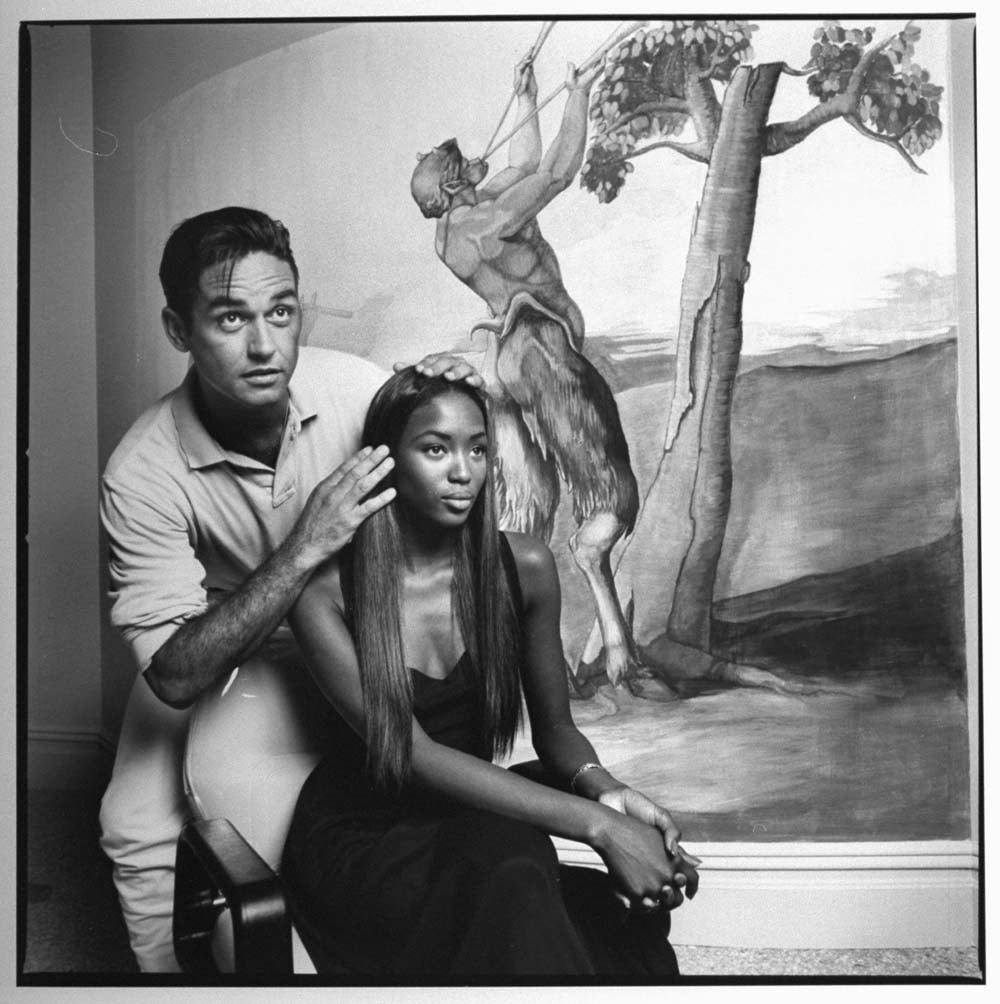
Oribe Canales and supermodel Naomi Campbell (1991) by Mario Ruiz
Cuban-born Oribe Canales grew up in North Carolina during the 1960s before making his mark on New York City in the late 70s. Obsessed with the glamour of the silver screen and dreams of becoming an actor, Canales soon found himself swept up in the scene; working as a server at a club, dishing up salad and dessert in a magician costume or g-string before it later burnt to the ground on a day he wasn't there. Oribe took up a job as a receptionist at a friend's salon and it was here he saw the potential that a career in hair could have and pivoted towards hair and beauty, deciding to give beauty school a try.
After completing his training he was quickly introduced to the world of fashion, Assisting Garren (who later founded R+Co) on Vogue editorials, finding himself on the “B Team” for GQ, working regularly on Elle magazine which lead to long-term working relationships with Richard Avedon and Steven Meisel. Oribe somehow ended up in the right places with the right people at all of the right times.
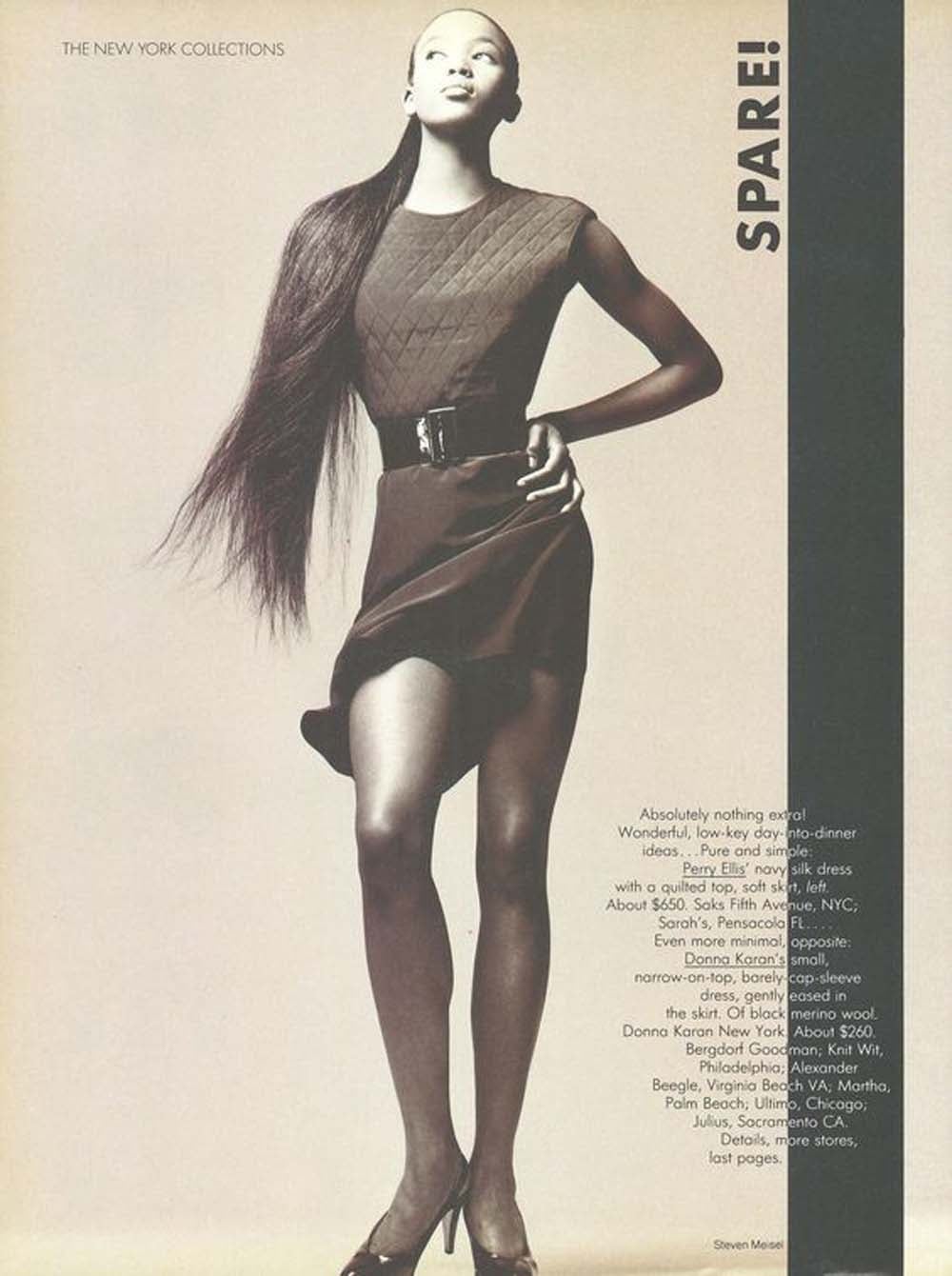
US Vogue February (1987) Naomi Campbell by Steven Meisel. Hair by Oribe Canales and makeup by François Nars

Oribe’s work with Steven Meisel in the late 80s introduced him to the young models who would later become the Big Five, more commonly known as The Supermodels. Working closely with makeup artist François Nars and stylist Carlyne Cerf de Dudzeele, they became a dream team working together to develop each one of the girls' signature looks. It has been said that, during that time, Oribe also brought back the wig, made wild colours en vogue again and started the trend back to rollers. The big hair movement in the ’90s was an Oribe signature. Hair in his eyes felt like a way of self-expression for the ultra-feminine. Styling a woman to possess larger-than-life hair gave her a larger-than-life power.
Oribe’s work with young Christy, Naomi, Cindy, Linda and Claudia would make for some of the most iconic imagery in fashion.

Oribe Canales and Linda Evangelista

Naomi by Irving Penn for Vogue (1992) with hair by Oribe

Kate Moss and Kristen McMenamy for Perry Ellis 'The Grunge Collection' Spring 1993 by Marc Jacobs and hair by Oribe Canales

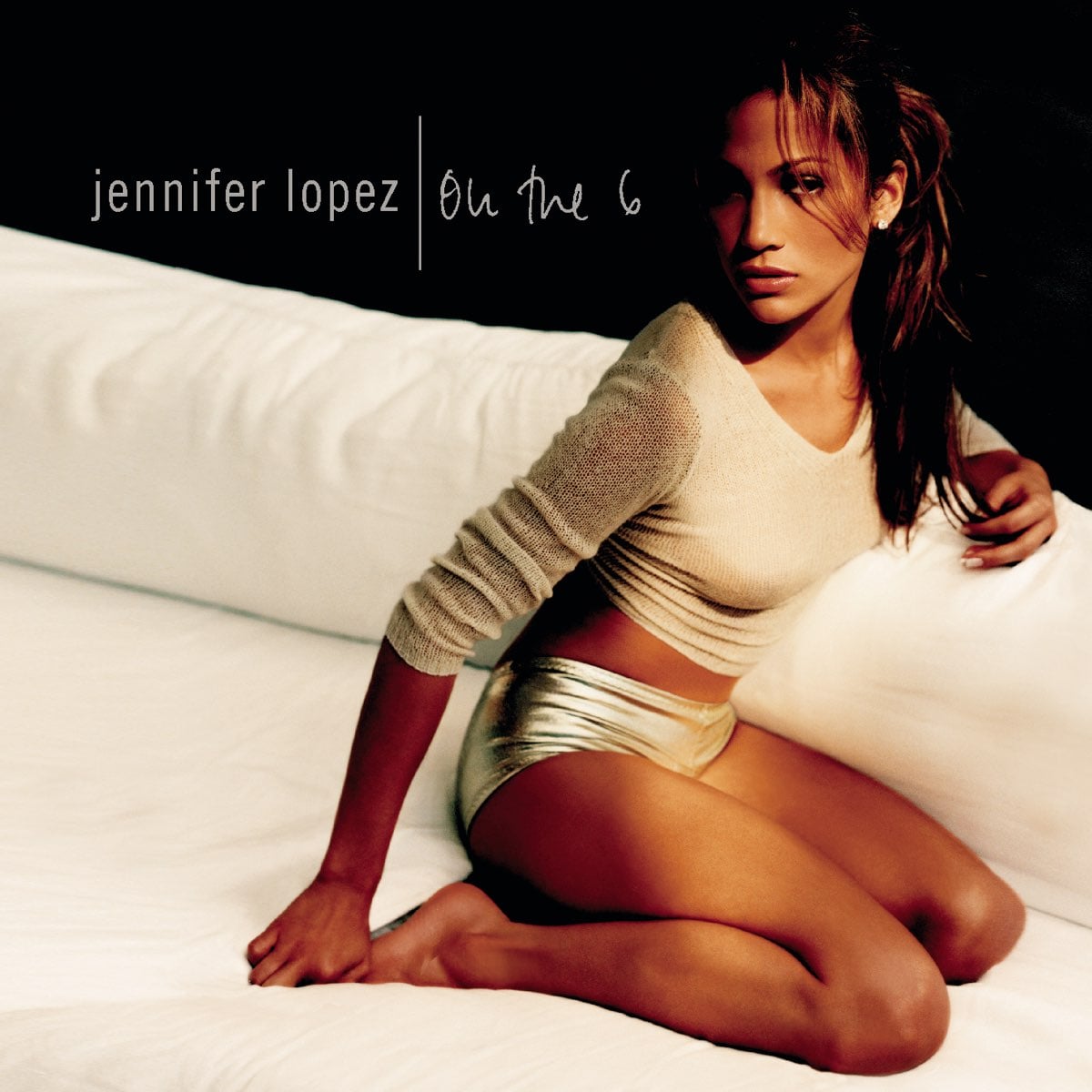
In 1999, Oribe’s focus turned from fashion to the new faces of fashion: celebrities. This shift came via a new face to the music scene, Jennifer Lopez, who called for Oribe after a childhood spent seeing his name in fashion magazines. For her first album, On the 6, he lightened her hair and pulled it tightly into a long ponytail. Oribe worked with her consistently during her rise to the heights of celebrity and was a crucial part of creating the ‘JLo’ persona.
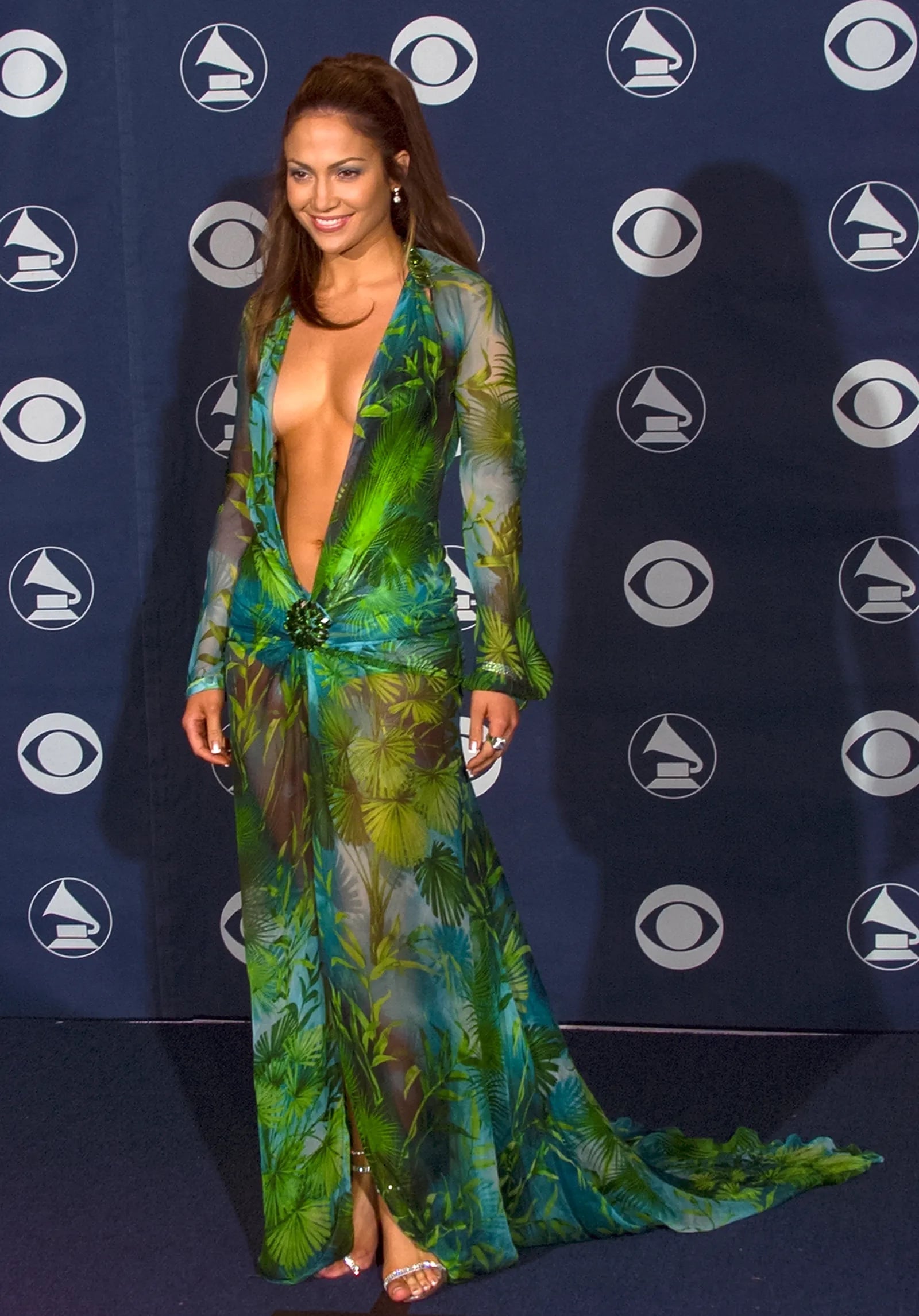
Jennifer Lopez’s infamous Versace look for the Grammy awards (2000) with hair by Oribe
“I knew all of the elements of a good product line, and I knew what women wanted and needed—real women and movie stars—they all want to be attractive.”
In 2008, Oribe took his 30-year heritage of hairdressing and his love of glamour and translated it into a collection of products — a range grounded in old-world hairstyling blended with new-world technology and the finest ingredients. The end result was an edited line focused on the needs of the most discriminating people: Oribe. He co-created a legacy brand that is used by top salons, celebs and the Oribe-obsessed consumer globally.

